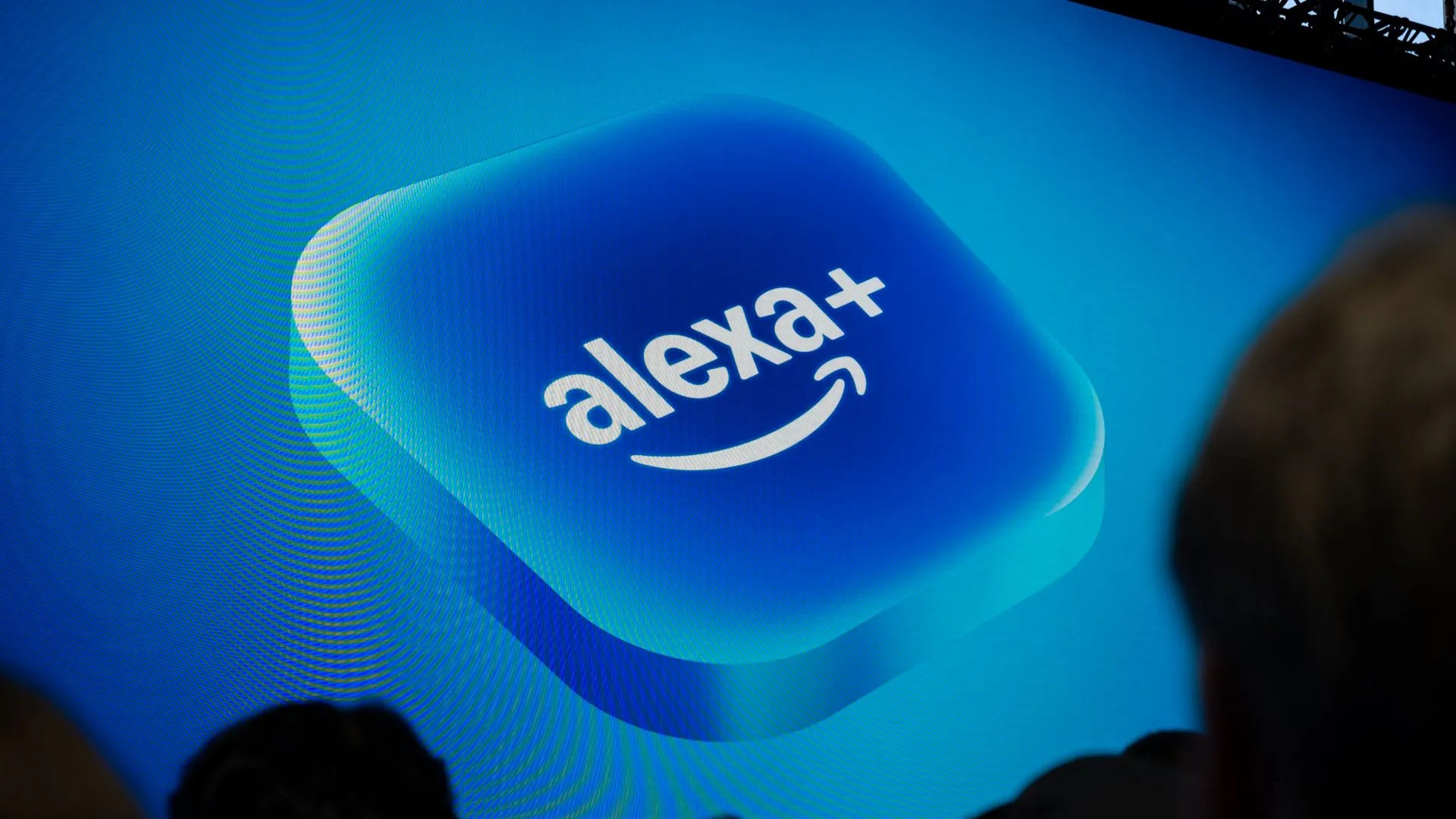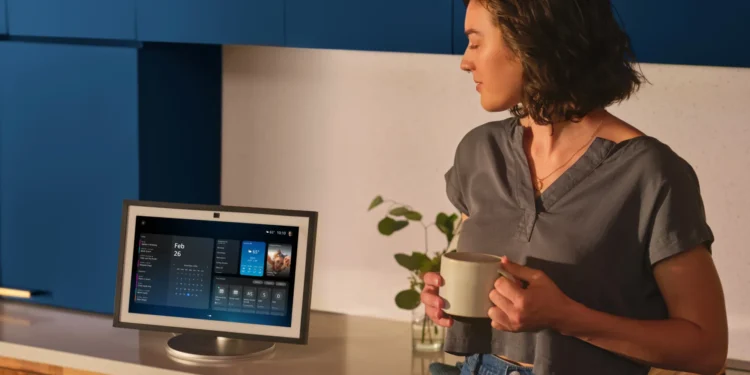When it comes to the realm of artificial intelligence, the gap between promised capabilities and actual functionality can often feel vast. The latest entrant to this trend is Alexa+, Amazon’s new AI-driven upgrade to its popular virtual assistant. Touted for its enhanced features in last month’s demos, the actual release seems to have underwhelmed, missing several key functionalities.
According to a critical review by The Washington Post, which examined numerous internal Amazon documents, many of the exciting features showcased earlier won’t be seen by users for at least another couple of months. This delay affects various tools, including the ability to order takeout via Grubhub, identify family members through camera integration for chore reminders, and the innovative feature intended to auto-generate stories to entertain children. Additionally, Alexa+ falls short in its capability to brainstorm gift ideas or facilitate grocery shopping, and it currently lacks a browser-based version. Amazon has cited that these features do not yet meet their standards for public release.

What Does Alexa+ Offer at Launch?
So, what can early adopters of Alexa+ actually use? While the full spectrum of promised features isn’t available, users are not left completely in the dark. Preliminary functionalities include ordering an Uber, identifying objects, and drafting emails through voice commands. These features are integrated into devices equipped with screens, such as the Echo Show series (models 8, 10, 15, and 21).
Despite the limited initial rollout, Alexa+ is included as a part of the Amazon Prime subscription, though non-members can access it for a monthly fee of $20. Availability is set to expand gradually over the forthcoming weeks and months, which suggests that Amazon might be taking a phased approach to address quality concerns and enhance user experience incrementally.

The Broader AI Tool Launch Trend
Amazon is not alone in its cautious, feature-limited launch strategy. This pattern is reminiscent of other major tech players like Apple with its Apple Intelligence and Samsung with Galaxy AI, both of which also debuted with fewer features than initially promised. This trend in the tech industry underscores the challenges companies face in balancing innovation hype with practical, reliable functionality.

Looking Forward
As the landscape of AI-enhanced tools continues to evolve, the key for companies like Amazon will be in managing consumer expectations while methodically improving their offerings. For Alexa+, the coming months will be crucial as Amazon aims to roll out the pending features that could fully realize the assistant’s potential and justify the excitement generated during its initial reveal.
While the wait may be frustrating for some, the phased approach could ultimately lead to a more robust and reliable virtual assistant that integrates more seamlessly into users’ daily lives. In the meantime, tech enthusiasts and Amazon Prime users alike will be watching closely to see if Alexa+ can live up to its promised potential.










